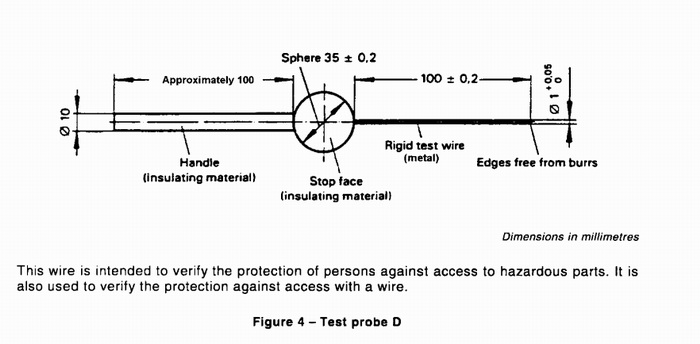In a group elsewhere, an OP queried the code(s) for a Wylex 3036 CU; the rewireables have been replaced by CBs. The boards busbar is visible through the small gap between the carriers (by design, not damage).
A respondent stated C1 because it didn't comply with IP4X and the absence of lid that would have covered the fuse holders but now can't be used due to the depth of the CBs. They didn't mention that the arms of rewireables can be touched when inserting/removing them, or the size of the apertures for the holder arms in the carriers.
So what's your view about these units regarding code(s) and continued use?

